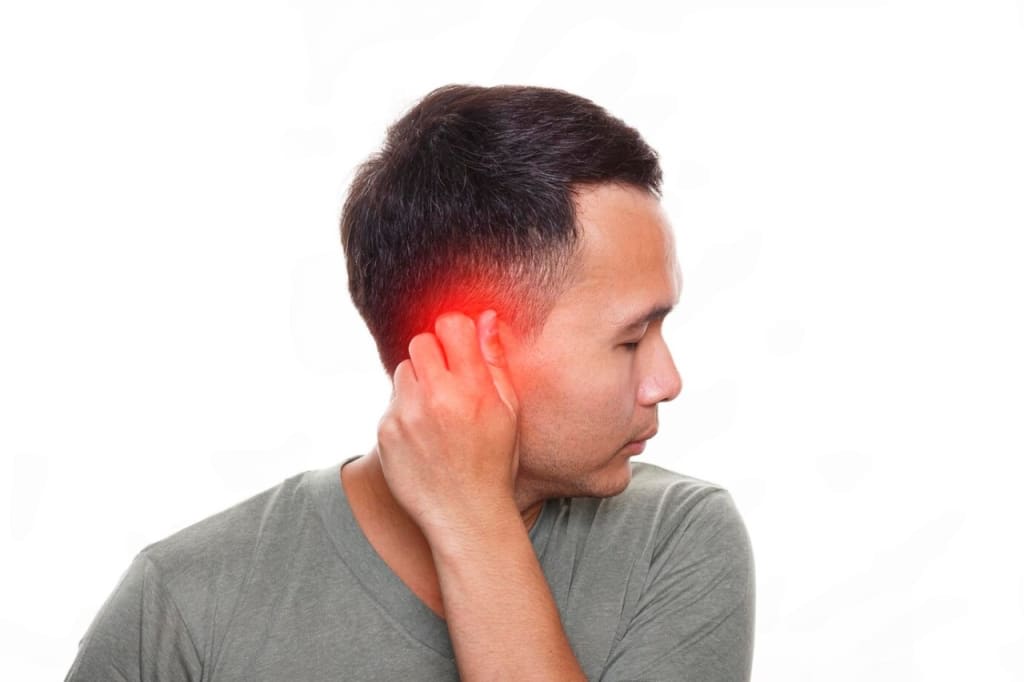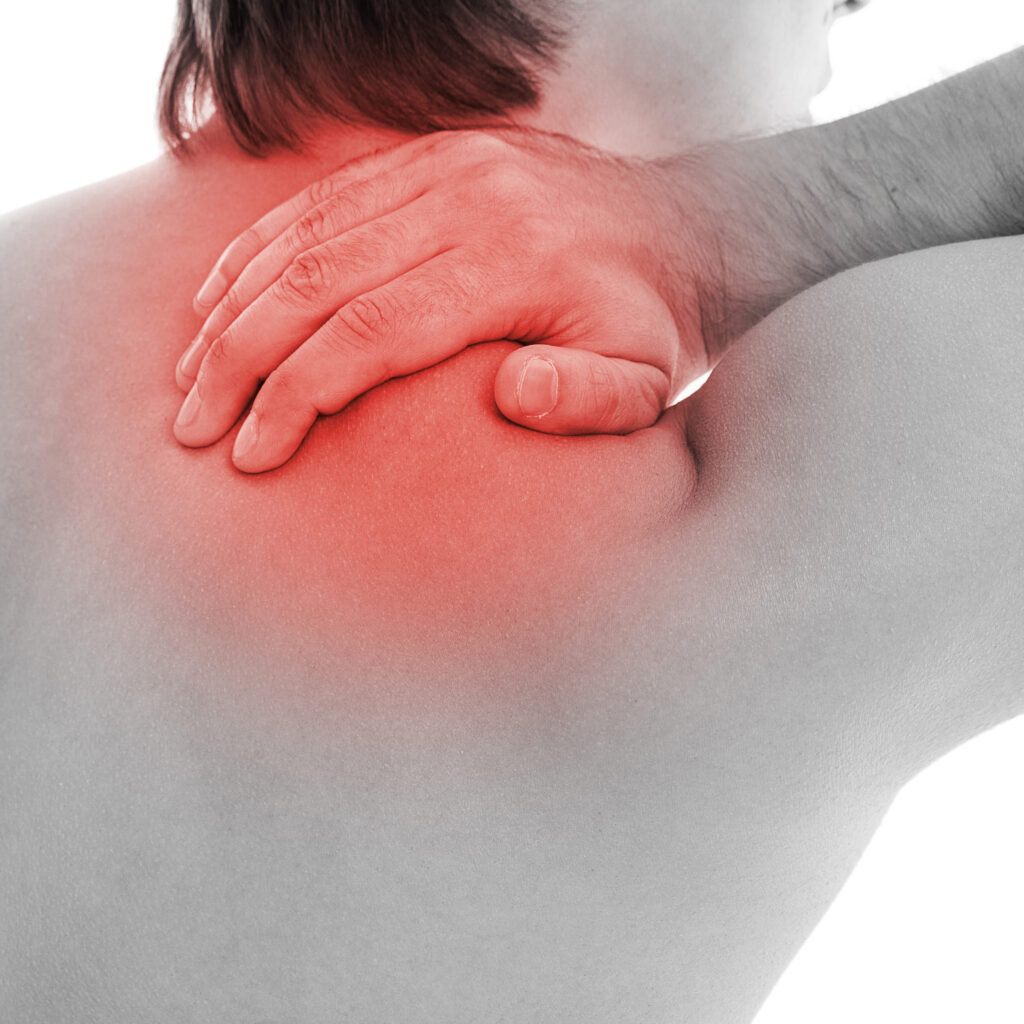When you're dealing with a sports injury, knowing your options for relief can make a significant difference in your recovery. From the traditional R.I.C.E. method to modern therapies like physical rehabilitation, you've got various paths to explore. You might also consider alternative treatments, which some athletes find beneficial. But how do you know which approach is right for you? The answer often lies in understanding both your injury and the range of available treatments. Let's take a closer look at what might work best for your situation.
Common Types of Sports Injuries
When you engage in sports, the risk of injury is always present. Understanding the common types of sports injuries can help you recognize symptoms and seek appropriate care.
One of the most frequent injuries is a sprain, which occurs when ligaments stretch or tear, often affecting the ankle or knee. You might twist your ankle while running or pivoting, leading to pain and swelling.
Strains are another common issue, resulting from overstretching or tearing muscles or tendons. These injuries often happen during activities that require quick starts or stops, like sprinting or jumping. You may experience muscle spasms or a sharp pain when you strain a muscle.
Fractures, or broken bones, can occur from falls or direct impacts. If you hear a snap or feel intense pain in a limb, you could be dealing with a fracture. It's vital to seek medical attention immediately.
Tendinitis is also prevalent, characterized by inflammation of the tendons, usually from overuse. You might notice pain and stiffness in a joint, frequently seen in the elbow (tennis elbow) or knee (jumper's knee).
Lastly, concussions are serious injuries affecting the brain, often resulting from a blow to the head. Symptoms may include confusion, dizziness, or headaches. If you suspect a concussion, it's important to rest and consult a healthcare professional.
Traditional Treatment Methods
Treating sports injuries often involves a combination of traditional methods that can help you recover effectively. These approaches not only alleviate pain but also promote healing.
Here are some common traditional treatment methods you might consider:
- Rest: Giving your body time to heal is vital. Avoiding activities that exacerbate your injury can prevent further damage and speed up recovery.
- Ice Therapy: Applying ice to the injured area can reduce swelling and numb the pain. Aim for 15-20 minutes every few hours during the first 48 hours after the injury.
- Compression: Using elastic bandages or compression wraps can help control swelling and provide support. Make sure it's snug but not so tight that it restricts blood flow.
- Elevation: Keeping the injured area raised above heart level can minimize swelling. Prop it up on pillows when resting to encourage fluid drainage.
These methods are often part of the R.I.C.E. protocol (Rest, Ice, Compression, Elevation) you might hear about.
While they're effective for managing pain and inflammation, it's important to monitor your symptoms. If pain persists or worsens, consult a healthcare professional for a more tailored approach.
Physical Therapy Benefits
After utilizing traditional methods like rest, ice, compression, and elevation, many athletes find that physical therapy can enhance recovery and restore function.
Physical therapy helps you regain strength, flexibility, and mobility while addressing the specific needs of your injury. By working with a licensed therapist, you'll receive personalized treatment plans tailored to your goals and physical condition.
One of the main benefits of physical therapy is its focus on rehabilitation. Your therapist will guide you through exercises designed to strengthen the injured area, which can help prevent future injuries. They'll also teach you proper techniques for movement and activity, ensuring you avoid exacerbating your injury during recovery.
Additionally, physical therapy often includes hands-on techniques like manual therapy, which can alleviate pain, reduce swelling, and improve circulation. These methods can greatly speed up your healing process.
You'll also benefit from modalities such as ultrasound or electrical stimulation, which can further enhance recovery.
Another advantage is the education you receive on injury prevention and management. Learning about your body's mechanics and how to care for it will empower you to make informed decisions during your athletic pursuits.
Alternative Therapies for Relief
When dealing with sports injuries, you might consider alternative therapies like acupuncture and herbal remedies for pain management.
These options can provide a different approach to relief, often complementing traditional treatments.
Exploring these therapies could help you find a solution that works best for your recovery.
Acupuncture for Pain Management
In recent years, acupuncture has gained recognition as a viable option for managing sports-related pain. This ancient practice involves inserting thin needles into specific points on your body, aiming to restore balance and promote healing.
If you're considering acupuncture for your sports injury, here are some benefits you might experience:
- Pain Relief: Many athletes report significant reductions in pain, especially for chronic conditions like tendonitis or muscle strains.
- Reduced Inflammation: Acupuncture may help decrease inflammation, allowing for faster recovery and improved performance.
- Improved Range of Motion: By addressing muscle tightness and promoting circulation, acupuncture can enhance your flexibility and mobility.
- Stress Reduction: The relaxation that often accompanies acupuncture can help you manage stress, which is essential for recovery.
While acupuncture doesn't replace conventional medical treatment, it can be a complementary therapy in your pain management arsenal.
If you decide to try it, make sure to find a licensed practitioner experienced in treating sports injuries. With the right approach, acupuncture might just be the relief you need to get back in the game.
Herbal Remedies and Supplements
Herbal remedies and supplements can offer a natural approach to alleviating sports injuries and enhancing recovery. If you're looking for alternatives to traditional methods, you might find certain herbs and supplements beneficial for pain relief and inflammation reduction.
Turmeric, for instance, contains curcumin, which has powerful anti-inflammatory properties. You can add it to your diet or take it in supplement form.
Similarly, ginger may help alleviate muscle soreness and joint pain. You can brew it as tea or consume it in capsule form.
Another option is arnica, a homeopathic remedy known for its effectiveness in treating bruises and swelling. Applying arnica gel or cream directly to the affected area can provide quick relief.
Additionally, omega-3 fatty acids found in fish oil can reduce inflammation and promote healing, making them a great addition to your recovery regimen.
Before trying any herbal remedies or supplements, it's wise to consult with a healthcare professional, especially if you're taking other medications.
Preventative Measures to Consider
Regularly implementing preventative measures can greatly reduce the risk of sports injuries. By being proactive, you can enhance your performance and enjoy your favorite activities without the fear of getting sidelined.
Here are some essential steps you should consider:
1. Warm-Up and Cool Down: Always start your workout with a proper warm-up to increase blood flow to your muscles.
Likewise, cooling down helps your body revert back to a resting state, reducing stiffness and soreness.
2. Strength and Flexibility Training: Incorporate strength training and flexibility exercises into your routine.
This not only builds muscle resilience but also improves your overall range of motion, which can help prevent strains and sprains.
3. Use Proper Equipment: Make sure you're using the right gear for your sport.
This includes properly fitting shoes and any necessary protective equipment. The right gear can greatly lower the risk of injury.
4. Stay Hydrated and Eat Well: Proper nutrition and hydration play an essential role in your performance.
Staying hydrated helps maintain muscle function, while a balanced diet provides the necessary nutrients for recovery and energy.
When to Seek Professional Help
Knowing when to seek professional help is essential for managing sports injuries effectively. If you experience severe pain, swelling, or bruising after an injury, don't wait it out. These could be signs of a more serious condition that needs immediate attention.
Additionally, if you have difficulty moving the injured area or can't put weight on it, it's time to consult a healthcare professional.
Another red flag is if your symptoms don't improve after a few days of rest and home treatment. If you're still feeling pain or discomfort after utilizing ice, compression, and elevation, your injury may require a more thorough evaluation. Ignoring persistent symptoms could lead to long-term complications or chronic issues.
You should also seek help if you notice any instability in the injured joint or if you hear a popping sound at the time of injury. These could indicate ligament tears or fractures that need professional diagnosis and treatment.
Furthermore, trust your instincts. If something feels off, don't hesitate to get a second opinion. Early intervention can make a significant difference in recovery time and overall outcomes.
Conclusion
Injuries can sideline your sports activities, but you have plenty of options for relief. From traditional methods like R.I.C.E. to professional therapies and alternative treatments, you can find a path to recovery that suits your needs. Don't forget about preventive measures to keep injuries at bay. If your pain persists or worsens, seeking professional help is essential. Stay proactive about your health, and get back to doing what you love!



